Need help with slope, swale, lawn transition
kendravicknair
9 years ago
Related Stories

STANDARD MEASUREMENTSThe Right Dimensions for Your Porch
Depth, width, proportion and detailing all contribute to the comfort and functionality of this transitional space
Full Story
BEFORE AND AFTERSSee 6 Yards Transformed by Losing Their Lawns
Wondering whether a turf lawn is the best use of your outdoor space? These homeowners did, and they found creative alternatives
Full Story
MOST POPULARMeet a Lawn Alternative That Works Wonders
Carex can replace turfgrass in any spot, is low maintenance and adjusts easily. Add its good looks and you’ve got a ground cover winner
Full Story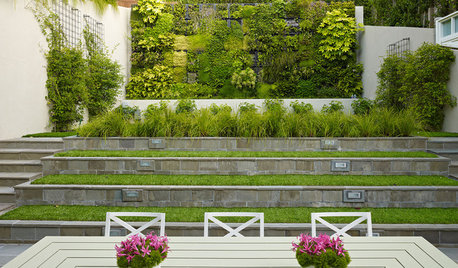
LANDSCAPE DESIGN11 Design Solutions for Sloping Backyards
Hit the garden slopes running with these bright ideas for terraces, zones, paths and more
Full Story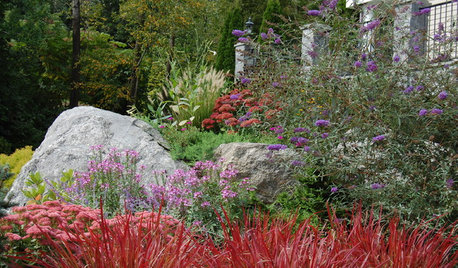
LANDSCAPE DESIGNHow to Design a Great Garden on a Sloped Lot
Get a designer's tips for turning a hillside yard into the beautiful garden you’ve been dreaming of
Full Story
SAVING WATERHouzz Call: Are You Letting Go of Your Lawn?
Many facing a drought are swapping turf for less thirsty plantings. If you’re one of them, we’d like to hear about it
Full Story
LANDSCAPE DESIGN15 Great Ideas for a Lawn-Free Yard
End the turf war for good with hardscaping, native grasses and ground covers that save water and are easier to maintain
Full Story
GREAT HOME PROJECTSHow to Replace Your Lawn With a Garden
New project for a new year: Lose the turfgrass for energy savings, wildlife friendliness and lower maintenance
Full Story
GRASSESHow to Rock a Lawn
Weekend Project: The key to healthy grass begins with the soil. If turf works for you, here’s how to fix it and keep it looking its best
Full Story
LANDSCAPE DESIGNHow to Move Water Through Your Landscape
Swales, underground pipes or a mix of both: There’s more than one way to distribute water in the garden
Full Story






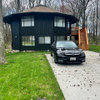

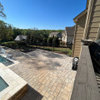
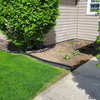
kendravicknairOriginal Author
kendravicknairOriginal Author
Related Professionals
Forest Acres Landscape Architects & Landscape Designers · Roosevelt Landscape Architects & Landscape Designers · Rossville Landscape Architects & Landscape Designers · Avocado Heights Landscape Contractors · Cincinnati Landscape Contractors · Clearlake Landscape Contractors · Corona Landscape Contractors · Baileys Crossroads Landscape Contractors · Ansonia Landscape Contractors · Clute Decks, Patios & Outdoor Enclosures · Lenexa Decks, Patios & Outdoor Enclosures · Pataskala Decks, Patios & Outdoor Enclosures · Saint Louis Park Decks, Patios & Outdoor Enclosures · Springfield Decks, Patios & Outdoor Enclosures · Goodlettsville Swimming Pool BuilderskendravicknairOriginal Author
kendravicknairOriginal Author
Yardvaark
kendravicknairOriginal Author
Yardvaark